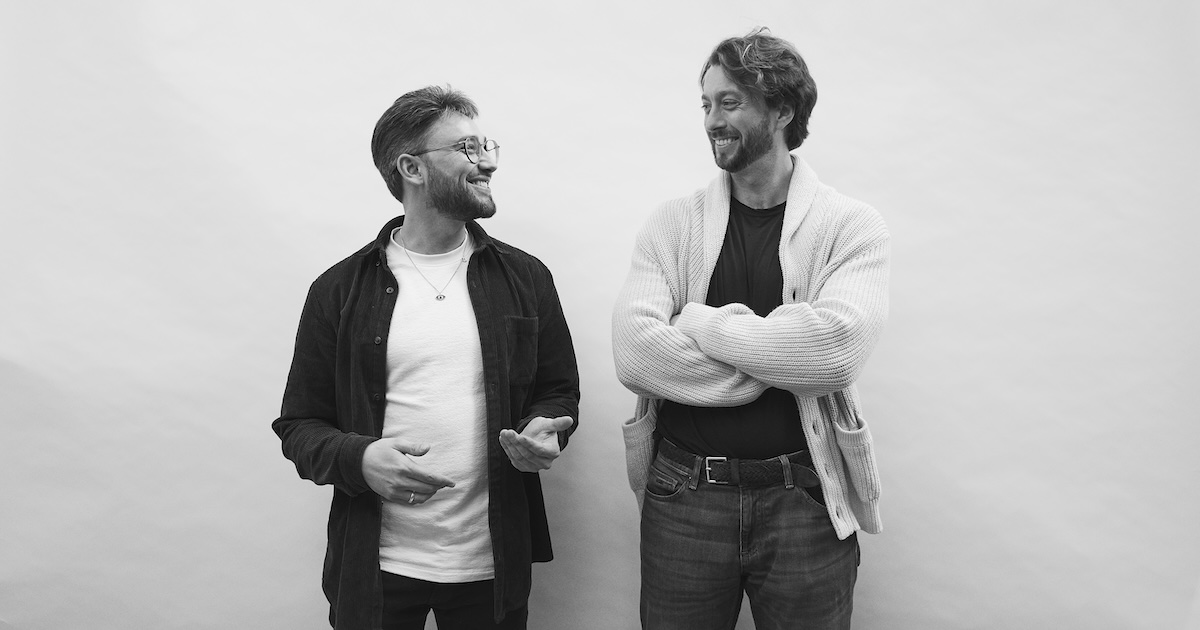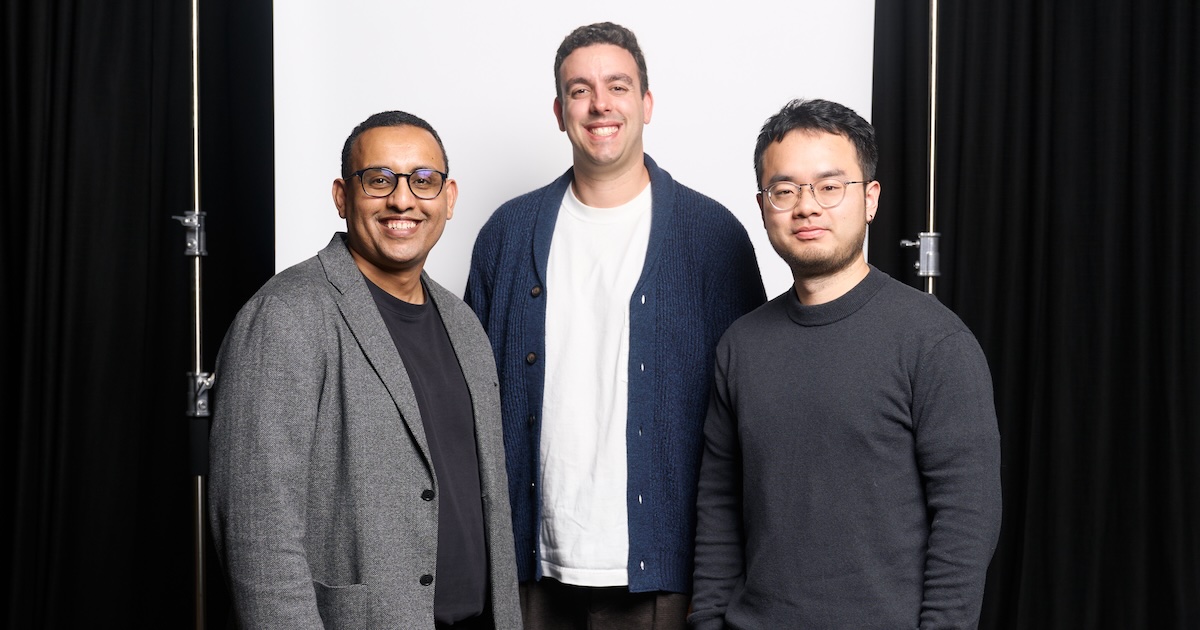
Investment Notes: Mint Innovation
Blackbird has invested in the Series B round of Mint Innovation, an e-waste startup turning garbage into gold.
We’re excited to share our investment in the Series B round of Mint Innovation, a Kiwi-founded company that has developed a low-cost, low impact process using inexpensive chemicals and naturally sourced microbes to separate precious metals from electronic waste.
Turning Garbage into Gold
The most abundant source of precious metals like gold, palladium and copper is in the ‘urban mine’. That is, waste materials from cities such as scrap electronics, not ores deep in the earth that need to be mined at great environmental, humanitarian and financial cost to extract single digit parts per million of resource. Small electronics typically contain ten to a hundred times higher concentrations of precious metals than conventionally mined ores.
Mint was founded by Dr Will Barker who was an instrumental early employee at the cleantech Kiwi unicorn, Lanzatech, which uses microbes to turn waste gas from steel plants into ethanol. When Lanzatech re-domiciled to Chicago, Will and several other key technical talent decided to remain in New Zealand and joined forces to work on the challenge that would lead to founding Mint Innovation.
Lean Clean-Tech
At Blackbird, we love to invest in ‘science non-fiction’, bold and transformative technologies that can be achieved on relatively small amounts of capital and venture-like timelines.
The Mint team has been extremely sparing with their resources. In the four years they have been operating (with minimal investment) they have:
- proved at lab scale and optimised their technology to recover copper and gold at high recovery rates;
- built a 1T scale biorefinery that is fully automated. For context, a 1T biorefinery can comfortably service the needs of a city the size of Auckland (1.6M people);
- validated unit economics and key assumptions around metal recovery and waste streams;
- validated both supply and offtake agreements in global markets.
Don’t we already recycle e-waste?
The dirty secret of e-waste recycling is that current methods are not very green, and only around 20% of e-waste actually gets recycled in the first place.
The dominant process for recycling is for e-waste to be aggregated and shipped in bulk to a small handful of giant smelters around the world who incinerate waste at industrial scale, recovering the left over metal. The operational cost of the smelters is so large that they need huge scale to run profitably, so it takes up to 6 months for sufficient volume to be accumulated at a smelter. The high cost of building new smelters has kept them scarce. This, in turn, has allowed an illegal trade in e-waste processing to proliferate around the world, resulting in millions of tonnes of toxic waste being released into the atmosphere and harming the workers exposed to it.
According to the UN’s Global E-Waste Monitor, around 54 million tonnes of e-waste is generated annually and is estimated to increase to over 75 million tonnes by 2030. Mint is focussing initially on printed circuit boards (PCBs), and estimates that there is US $10-20B worth of gold alone in this waste.
The Journey Ahead
The Series B investment will enable Mint to build multiple full-scale biorefineries and expand internationally. The vision is for every 5M+ city to have its own biorefinery, turning e-waste into precious metals for the local economy, or for other regions to have a hub and spoke model feeding into a regional biorefinery.
Although the initial focus is on extracting gold, copper and palladium, ultimately Mint is a ‘bio-mining platform’ for recovering industrially important metals from many different types of feedstocks, from e-waste to mining residues, using standard industrial chemicals, no carbon emissions and cyanide free. This is just the beginning, and we are excited to be part of the journey ahead.











.avif)
